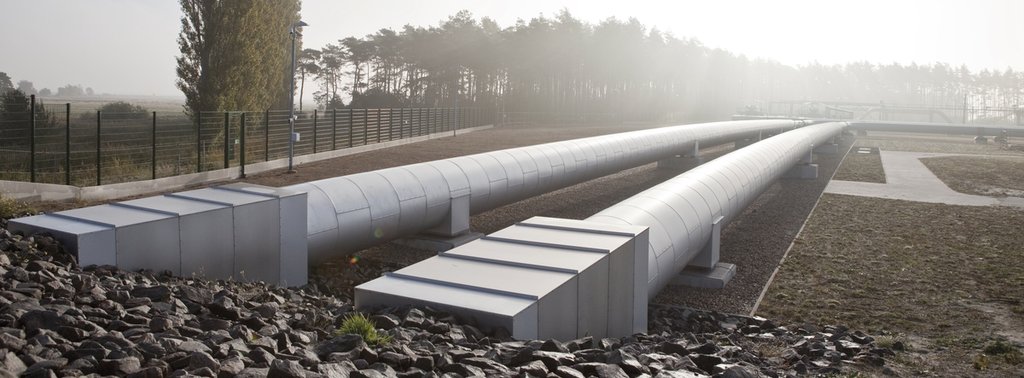Operations
Nord Stream’s business model is to provide gas transportation capacity for the natural gas coming from western Russia for distribution into the European gas grid. The gas transportation system is comprised of its twin, 1,224-kilometre pipelines through the Baltic Sea. Each has the capacity to transport 27.5 billion cubic metres of natural gas a year.
As operator, Nord Stream AG offers gas transportation capacities via its pipelines. This entails the day-to-day technical operation and commercial handling of gas transport (dispatching), the maintenance of all technical systems involved, continued liaison with permitting authorities in the countries through whose waters Nord Stream runs, as well as adhering to environmental management obligations and relevant technical standards (codes) of the respective permitting countries.
A contractual framework is in place to ensure the transport of gas from the entry point of the Nord Stream pipelines in Vyborg, Russia to the exit point in Lubmin, Germany. Nord Stream AG does not own, buy or sell gas transported via its twin pipelines – the trade in natural gas is solely between the shipper and its respective business partners in Europe. In Germany, the gas is received by the connecting pipelines OPAL (Baltic Sea Pipeline Link) and NEL (North European Gas Pipeline) for further transport into the European grid.
Gas transported through the Baltic Sea via the pipeline system is monitored 365 days a year, around the clock by Nord Stream experts. From Zug, Switzerland, the operators of the pipelines oversee all safety processes and parameters associated with gas transport from the Control Centre. There, they are in constant contact with the supplier of gas and the receivers to assess the flow of gas on a daily basis and to ensure that the pipelines are operating as planned.
Nord Stream also operates four pipeline facilities: landfalls in Russia and Germany where the offshore pipeline ties in to the onshore connecting pipelines; the Control Centre; as well as a fully independent Backup Control Centre.
Equipment needed for the operation of the pipelines is located at the landfalls, including isolation and emergency shut-down valves to separate the offshore and onshore pipelines, as well as a number of sensors to monitor parameters, such as pressure, temperature, gas quality and flow.






